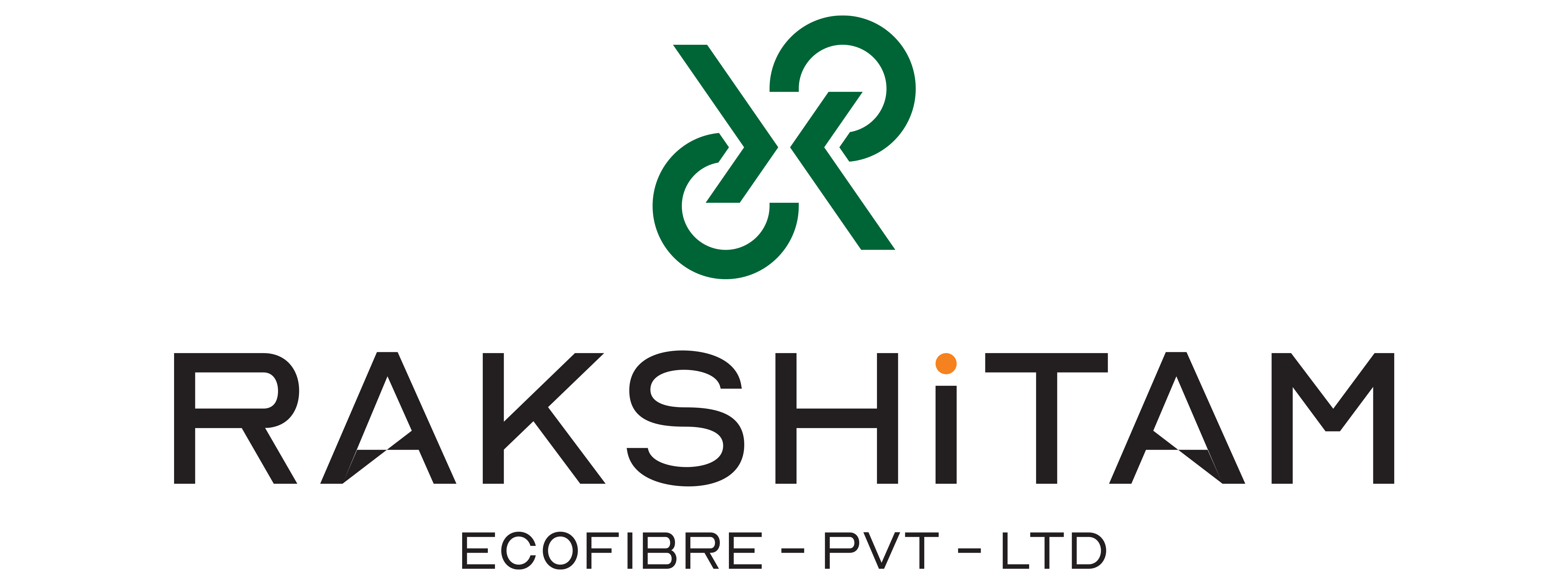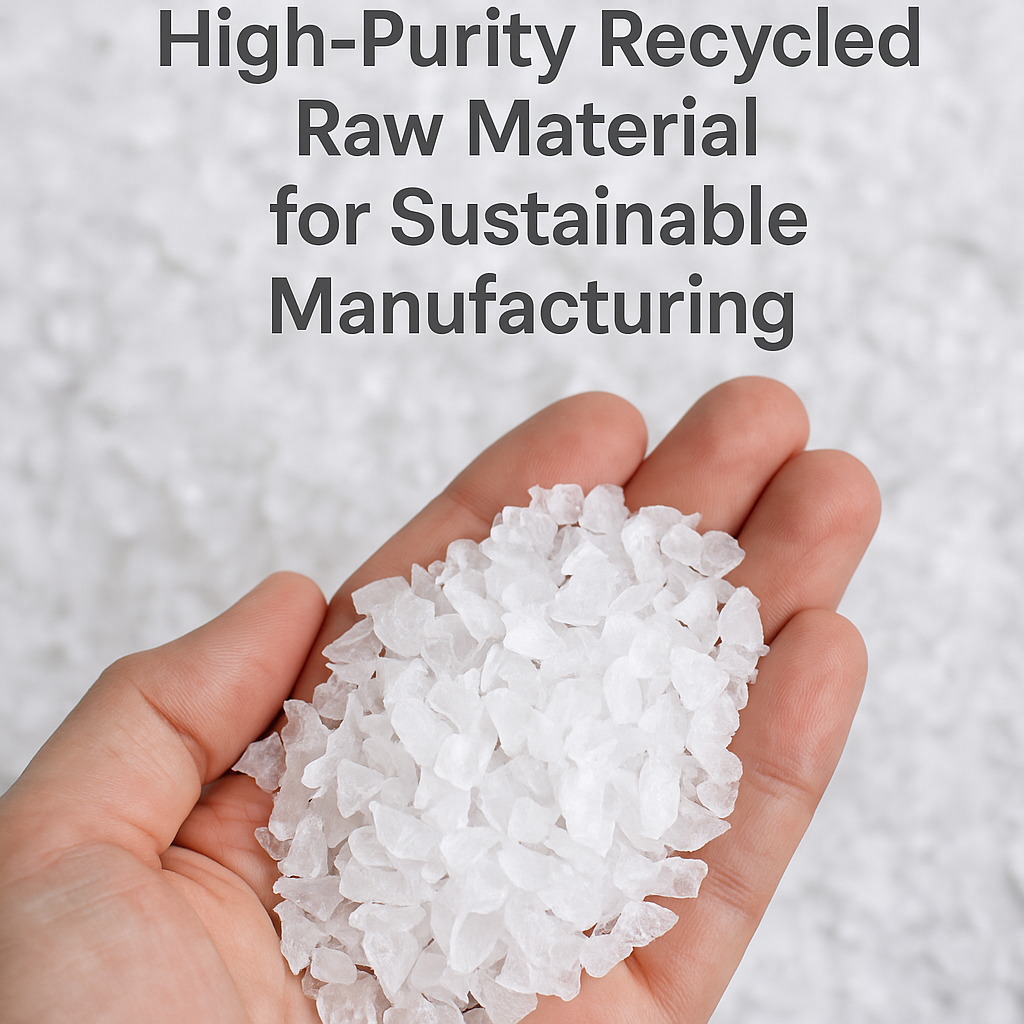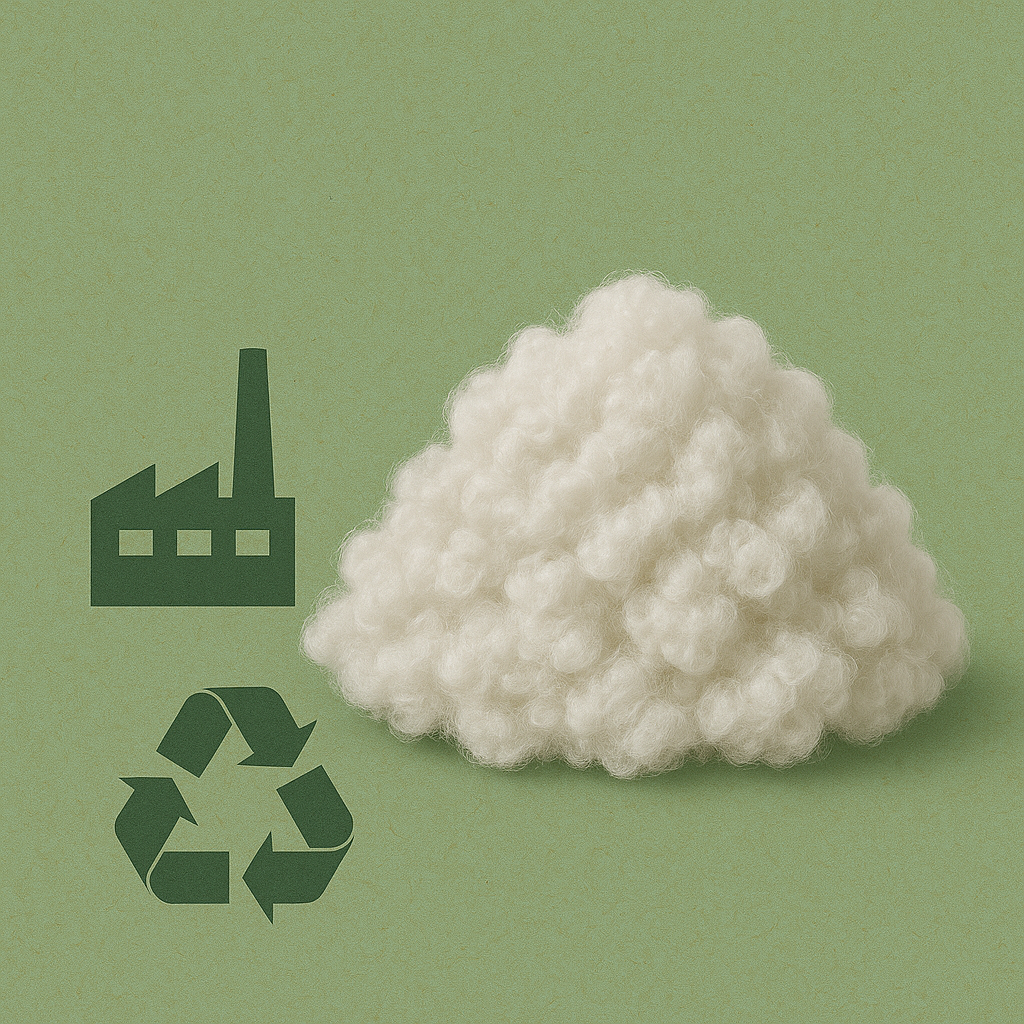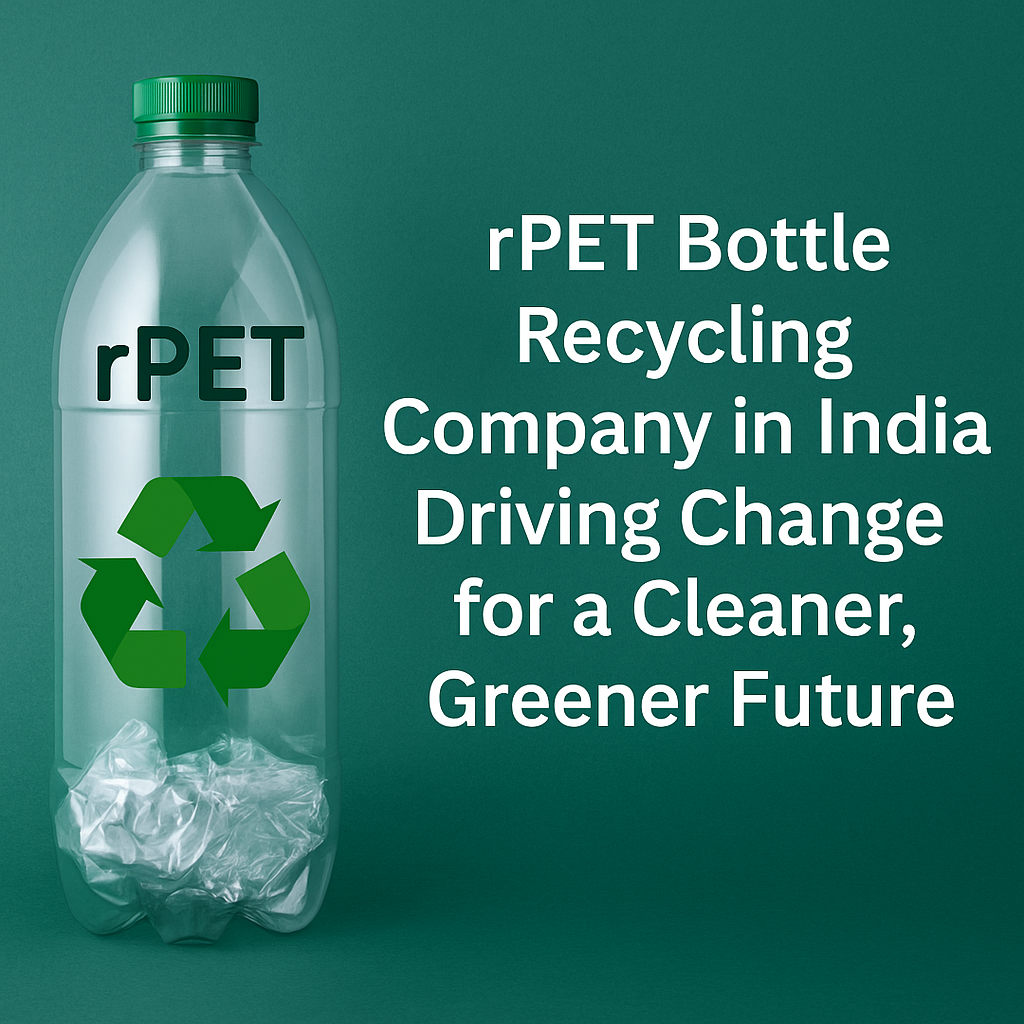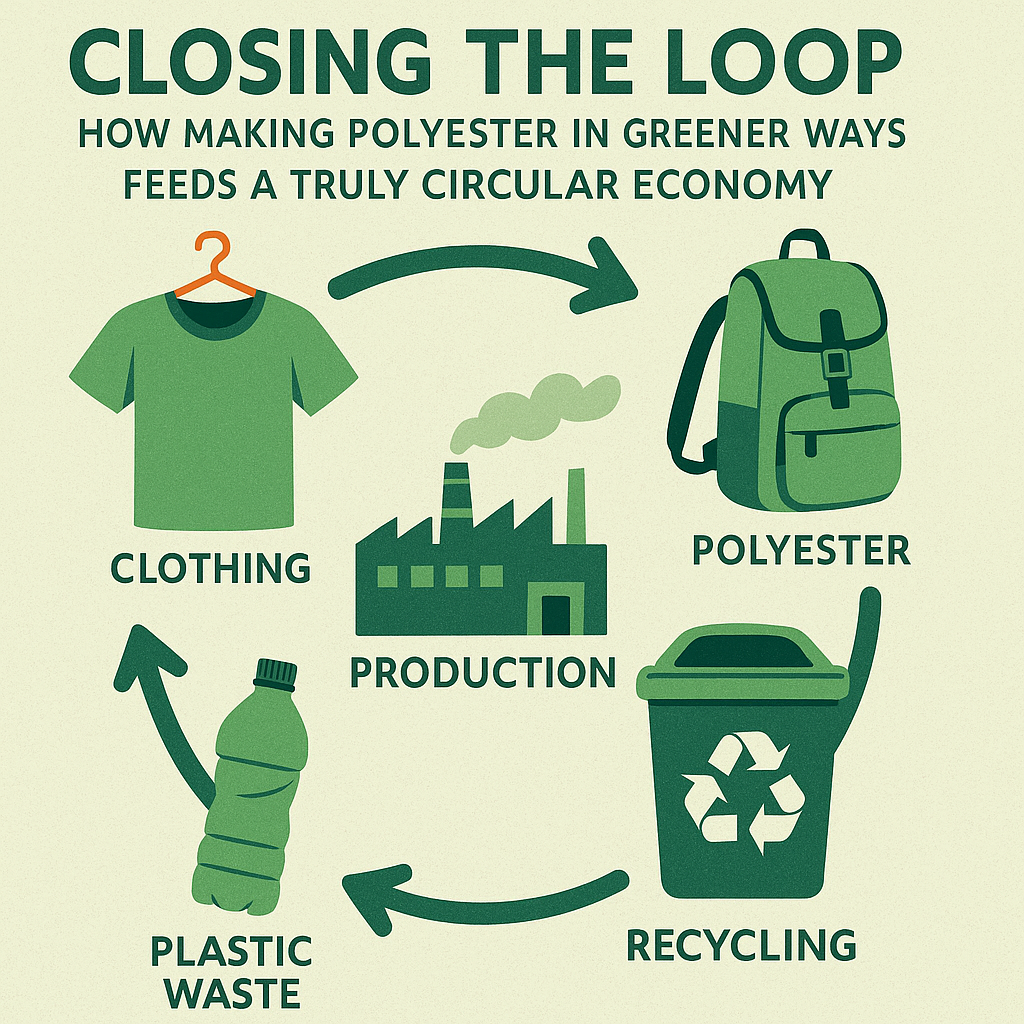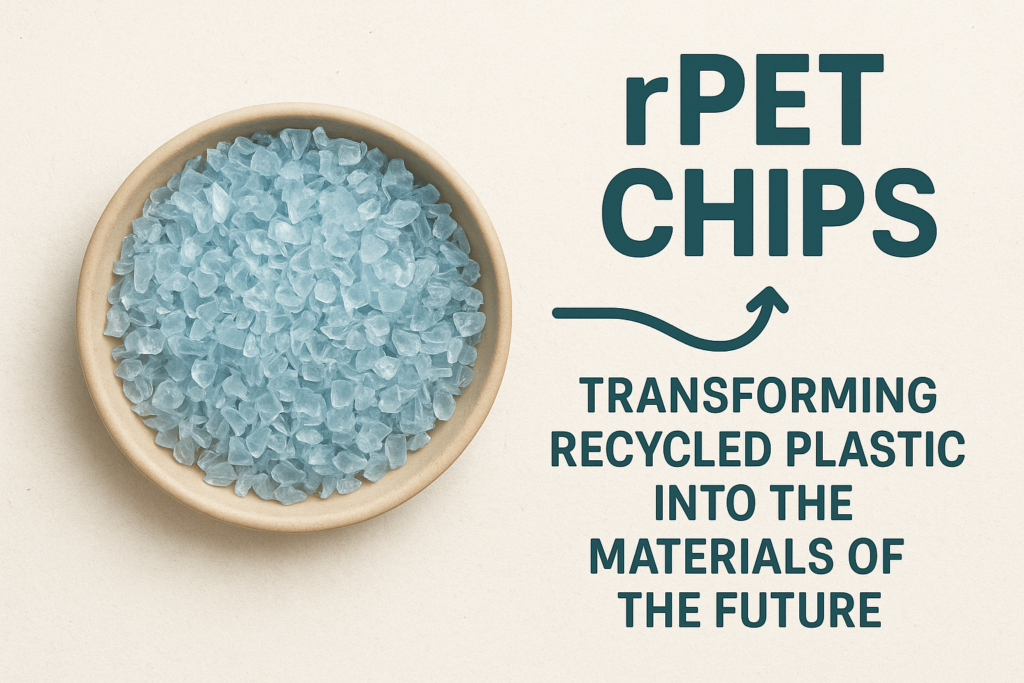There is a need to address issues that are more advanced in scope; thus, almost all sectors are seeking to change traditional materials with more environmentally friendly ones. The RSPF innovation is possibly one of the greatest inventions for both the textiles and manufacturing industries. This new fiber is made from recycled plastic garbage and therefore, helps alleviate pollution issues. In this post, we will discuss how RPSF marks the next great leap forward in the development of sustainable fibers, and explain why it is gaining popularity in virtually all industries.
What is RPSF?
RPSF or Recycled Polyester Staple Fiber is a result of recycling PET beverage bottles and other plastics. These plastics are gathered and then put through a cleansing and processing stage where they become usable raw materials. These fibers can then be made into a variety of textiles, home accessories, automotive parts, and several other industrial products. The procedure not only aids in decreasing the amount of plastic waste but also contributes to energy and resource conservation.
The Impacts of RPSF on the Future of Sustainable Fiber
- Environmental Benefits
RPSF’s contribution to the environment is remarkable, particularly in the production of polyester. Unlike traditional processes, RPSF decreases carbon emission output, waste disposal, and water consumption, within the process. Moreover, the RPSF’s fibers made from waste materials supports a circular economy which helps with plastic waste reduction that has heavily impacted the globe.
- Versatile and High-Performance
Clothing and upholstery are just a few examples of what RPSF can be utilized in, it’s also used in carpets, automotive interiors, and non-woven fabrics. In addition, RPSF competes in strength, softness, and durability with virgin polyester. Furthermore, its remarkable long-term durability and exceptional resilience make it highly sought after by industries that are striving for eco-friendly dependable materials.
- Cost-effective and Market-Driven
RPSF is another answer to stranded fibers around the globe as the demand for sustainable goods continues to consistently rise. What is notable is that brands are searching for methods of fulfilling the customers’ needs without causing a spike in production costs. RPSF is a balance between sustainability and economy, highlighting it as a beneficial endorsement for progressive companies.
Industries Embracing RPSF
- Textiles and Apparel
While being one of the biggest polluters in the global economy, the fashion industry is now making significant strides towards sustainability, in part due to RPSF’s impact. To achieve their sustainability targets and lessen their negative effect on the environment, several apparel companies are now incorporating recycled polyester fibers into their collections.
- Home Furnishings
RPSF is gradually permeating homes around the globe, starting with beds, pillows, and flooring textiles to window valances, all of which benefit from its impact. As a home textile, it offers exceptional environmental and functional benefits owing to its durability and comfort.
- Automotive Industry
RPSF adoption within the automotive industry, in seat covers, insulation, and internal structures, is part of the industry’s effort to lessen the carbon emissions of vehicles. The automotive industry’s acceptance of RPSF clearly illustrates how exceptional reused fibers function in harsh conditions.
The Growing Demand for Sustainability
In this contemporary world, people care more about the environment than ever. They seek products that are not only of the best quality but are also produced in a sustainable manner. Companies are able to demonstrate environmental concern as well as appeal to green marketers by using RPSF in their product lines. This also stems from government policies and regulations that intend to cut down on plastic waste and encourage environmentally friendly initiatives.
Also Read: Rpsf smart fiber a sustainable solution for a better planet
Conclusion: RPSF is Pioneering a Sustainable Future
RPSF is the innovation of the future fiber. It tackles not only the dire environmental concerns, non-renewable resource dependency, and the quality needed by the various industries ski, but also offers something new and multifaceted. RPSF remains at the lead when it comes to sustainability in manufacturing as the world transitions to using more environmentally sustainable practices.
Opting for RPSF goes beyond being environmentally friendly; it’s a choice towards a healthier planet. Both industries and consumers are able to spend less on materials and work towards maintaining a cleaner environment by supporting the use of recycled materials while being able to contribute to lowering the world’s waste and building a sustainable future.
